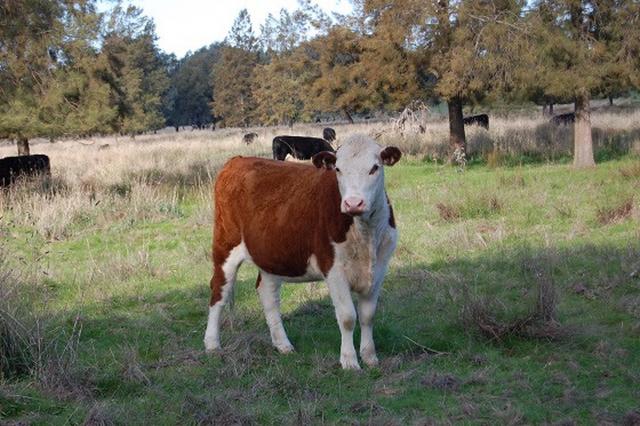Producers are being urged to monitor their livestock following reports of paspalum staggers in the state’s north-east in recent weeks.
Paspalum staggers is mainly seen in cattle, and more rarely in sheep and horses, that have been grazing paspalum seed heads infested with the fungus or ergot (Claviceps paspali). Claviceps paspali is an ergot-producing fungus that grows on seed heads of paspalum grasses.
Paspalum staggers outbreaks typically occur following summer rain when warm, wet weather promotes the ergot’s growth.
Initially the ergots are sticky and yellow-grey in colour but as they mature they become hard and black, from this point the ergots are highly toxic.
Affected animals show muscle tremors, head shaking, lack of coordination, and animals can fall over when overstimulated or stressed.
Producers should also take care when approaching affected animals as they will be anxious and can be aggressive and unpredictable.
Deaths directly from eating the ergot are uncommon and cattle generally recover within three to four days after being removed from the contaminated pasture.
Cattle can become cast, suffer injuries or even die from misadventure, so it’s important to move affected animals to safe paddocks for close observation, but care needs to be taken when moving animals and they should be allowed to move in their own time, careful not to cause them stress.
There is no effective treatment for paspalum staggers and prevention is based on effective pasture management. Frequent grazing or topping of paspalum pasture will reduce the development of fungus-infected seed heads.
For further information please contact your local veterinarian or Agriculture Victoria veterinary or animal health officer, or in NSW your Local Land Services.







